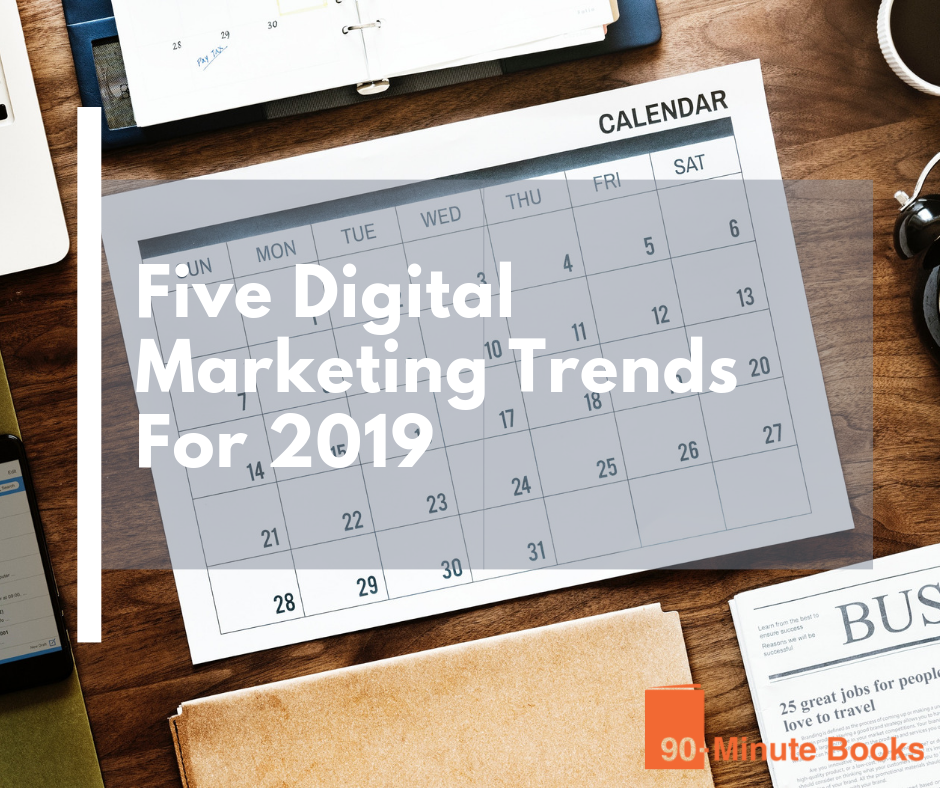Economizing on obtaining more leads of an outstanding caliber is constantly in fashion. Making sales and generating profits is most marketers’ foremost concern and difficulty. But why is that?
The complexity and length of the sales process have increased, so most organizations must generate a large number of leads to ensure that their pipeline remains filled with potential deals. A need arises for data collecting focused on volumetric metrics — who should be the point of emphasis. And unfortunately, quantity isn’t always correlated with quality.
Marketers are left with unhelpful data that does not give them the necessary information to make a sale, has outdated contact info, or does not match the type of buyer or target customer they were looking for.
An issue like this raises many queries, like: “How can I sustain quantity without compromising the standard?” How do I keep data accurate? What’s the best way to handle it?”
It is more beneficial to have an attitude of fluctuating audiences than to create a list to resolve these queries. Let us examine the distinctions between leads, data lists, and crowds to determine your firm’s best sales information answer.
How Important Is Digital Marketing Today?
An indication of the value of digital marketing is the amount of money allocated for digital channels. The most current IAB study on Advertising Spend and Revenue reveals that in the United States, more than three-fourths of media funds will be invested in digital media. The same numbers from the IABS appear in both the United Kingdom and Europe, suggesting that this phenomenon is showing up worldwide.
The IAB estimates how much of a budget is allocated for digital channels. This implies that a combination of marketing activities should be included when planning where to put our money.
Take note that the IAB’s stats are the result of data from the most significant distributors and networks. Therefore, it is not very illustrative of smaller companies, thus underestimating the influence of SEO, Digital PR and influencers.
The results indicate that social media marketing and search marketing are both critical investments in digital marketing, which is predictable. The evidence shows that digital displays and video have an important influence.
It is important to bear in mind that the level of expenditure attributed to these channels is mostly from larger businesses that have begun to utilize them as a substitute for spending on TV and print media ads.

FREE BOOK
Discover the 5 Compelling Book Titles Types that create an ‘I Want That…’ response.
9 Reasons Why You May Need a Digital Marketing Strategy
It is essential to demonstrate the value of investing further in digital marketing, for if you or your colleagues cannot be convinced to put more money into it, your company is at risk. It’s easy to understand you won’t be able to secure new clients in the coming days.
Astoundingly, I proposed these nine grounds to spend in digital advertising two decades prior. Yet, they stay urgent, so I have continued reforming systems to create digital plans as per the most recent digital marketing patterns.
In other words, if you don’t have a plan right now or you’re looking to figure out which corporate issues should be included in a thorough evaluation, here are the nine most common issues that can arise if you don’t have a strategy.
1. You’re directionless.
I observe that businesses that do not have a digital strategy (and many that do) lack a precise strategic aim for achieving new customers or forming more intimate connections with existing ones through the internet.
If your digital marketing objectives are not SMART (Specific, Measurable, Attainable, Relevant and Time-based), chances are you have not allocated adequate resources to meet your goals, nor are you monitoring your progress toward them using analytics.
2. You won’t know your online audience or market share.
If you have not looked into it, it is possible that the need for internet-based services from customers could be underestimated. Perhaps, more importantly, you won’t understand your online marketplace. The way of doing things will be dissimilar from usual sales outlets with a wide selection of customer identities and activities, opponents, goods and services, and choices for advertising.
3. You don’t have a powerful online value proposition.
When taking a strategic approach to digital marketing, it is important to understand the potential outcomes and contemplate how digital outlets can bolster your brand image. Enhance digital experiences by offering better online services, interactive components, and direct interactions with audiences to enhance customer service.
Creating a distinct digital value offering that is customized to the specific needs of your different users will assist in setting your web offering apart from others, inspiring current and future customers to start using it and stay true to your company.
4. You don’t know your online customers well enough.
Many people claim that digital is the most easily assessed medium of all. Google Analytics and other services provide the number of people who visited the website, not what the viewers think or feel. You ought to utilize various other investigation forms, and web page user comments tools to detect your weak spots and then take action to repair them.
5. You’re not integrated (“disintegrated”).
It’s normal for digital operations to be carried out separately, including a specialized digital advertiser, someone in IT, or another digital business. It is much simpler to bundle “digital” into one convenient part. But of course, it’s less effective. It is a common understanding that combining digital and traditional media, along with response channels, is the most effective way to utilize online media.
We suggest forming a comprehensive digital marketing plan to make your digital marketing work for you! Incorporating digital into your marketing strategies and regular operations will be possible with your unified program.
6. Digital doesn’t have enough people/budget, given its importance.
Not enough time and money will be put towards making plans and carrying out e-marketing. There will probably be a dearth of precise professional electronic marketing abilities, which will impede the ability to answer competitive dangers emphatically.
You will be given access to strategizing and planning services such as evaluating your results and digital sophistication along with consistent marketing analyses, which will help you stay conscious of your position against other competitive forces.
7. You’re wasting money and time through duplication.
Even though you might have adequate funds, they may be misused. In larger firms, it is especially noteworthy that various branches of the marketing department may obtain various tools or engage separate agencies to do corresponding digital marketing duties.
You and your staff must invest in an effective marketing approach to strategize, administrate, and optimize your online networks and mediums. Achieve the marketing objectives that are essential for the success of your business, and gain a greater Return on Investment from your marketing.
8. You’re not agile enough to catch up or stay ahead.
Examining renowned web names like Amazon, Booking.com, Dell, Google, and Zappos, it becomes clear that they use creative strategies to expand and hold onto their web user bases.
9. You’re not optimizing.
Every company with a website will have analytics. However, some high-level executives fail to guarantee that their staff have the opportunity or spend time assessing and acting on the feedback. After creating an effective digital channel strategy, you can take the next step towards optimizing important particulars, such as creating brand recognition, enhancing the user experience on your website, and providing ongoing support to your prospects.
Understanding Leads, Data Lists, & Audiences
Quality data is key to any business process. Whether creating material, advertising, or concentrating on a crowd, you need well-investigated information to get the outcomes you are aiming for.
In lead generation, individual pieces of information are referred to as leads. Generally, you will have many potential leads that must be collected and organized into data records.
It is often customary to categorize the list according to a shared similarity: businesses of a certain magnitude, located in a certain region, utilizing a particular technology, colleagues with a particular position, or in certain divisions.
What is a B2B sales lead?
A B2B sales lead consists of details about a prospect that has the probability of becoming your purchaser.
Imagine a sales lead as a business card for a potential customer. This includes essential details concerning the individual in question, including contact details, whereabouts, professional title, or sector, but can be as definite as possible sale requirements.
Potential clients are identified by adhering to a pre-established profile of their ideal client (ICP) and a representation of their target purchaser (BP). The quality of the leads your team receives will determine the success of your salespeople’s efforts to turn them into paying customers.
Procuring various leads is something that happens regularly, which necessitates the need to categorize them into groups. One of the most typical ways to accomplish this is by constructing data lists.
What Is a Data List?
A list of data, or a list of leads, is a set of sales leads compiled into categories based on particular criteria (promotional activity, industry sector, area, size of business, etc.).
For example, a business selling a software product designed for medical organizations may find its perfect customer as a hospital with more than 100 personnel in a specific district. After an investigation, you should obtain a compilation of all potential leads that correspond to the outlined parameters.
A data list is most reliable when it is recently updated. If you employ the same list a year down the line, there is a considerable risk that many contacts may not be accurate because the data is not current.
Typically, lists can become outdated at a speed of 2-5% per month, but this fluctuates a lot depending on the sector, with retail usually experiencing the most significant changes.
This can be attributed to a shift in employment, people joining or leaving the workforce, taking work breaks, and fatality rates. At a 3% average rate of diminishment, the normal lead list (which was possibly 90% right when it was acquired) is just about half correct after a year.
This trend is also typically seen with the data, which is typically left unchecked and untouched in your customer relationship management (CRM) system. To tackle these problems, there are data audiences.
What Is a Data Audience?
A data audience is a collection of potential customers who relate to your business and are likely to be interested in your offer.
The essential ingredient here is the term “dynamic.” Data audience acts as an information repository continually changing and weeding out untruthful prospects. This phrase, though recently coined, has more advantages than having a list of data.
Audiences are called “dynamic” because they are generated in real-time and constantly change due to usage. The most important idea here is to verify a contact record by using it. Calling a phone number is the most reliable way to ensure its accuracy, and sending an email is the most dependable way to validate an email address, etc.
Top 7 Reasons to Use Data Audiences
Now that you have a better understanding of how data audiences work let’s look closely at the benefits of choosing it over data lists:
1. constant updates.
Out-of-date facts can very easily spoil a report. If an individual changes career or relocates, it interrupts the data, and the persistent updating of the demographic information stops that from happening.
2. Triggers targeting.
Lead generation’s power lies in having an adaptable crowd where individuals can be transformed from potential customers to buyers simply by using filters. Envision audience members connected by the same elements that might cause the deterioration of unchanging lead lists.
3. Can be used for various purposes.
Besides traditional outbound projects, you can employ your information to access unexplored market segments, adapt fresh customer profile parameters, enhance your customer relationship management system, or fabricate carefully tailored promotions.
4. Reduces bounce rate.
You can send emails to validated leads with an impeccable history and organized data, reducing your rejection rate and boosting your domain status.
5. Long-lasting.
Data lists have a time limit, after which you must purchase them again. A data audience provides a perpetually evolving system prepared to operate when necessary.
6. Overall cost savings.
Data lists may be cost-effective when looking at the cost per lead, but they can end up being expensive due to the fast rate at which they become outdated the need to keep them up-to-date, and the fact that using out-of-date entries is a total and complete loss of time and money. Imagine the sales development representative spending their day contacting incorrect telephone numbers.
In comparison, a data audience can give you an infinite number of contacts that match the characteristics of your ideal customer profile. The subscription will be tailored to look for new matches during that period.
7. Can’t be sold to third parties.
Marketers are hesitant to buy data due to the fear that it could have already been sold to other organizations or could be shared with them in the future.
Employing analytical information for your target market brings many advantages and will enhance your sales in the upcoming years. It is efficient because it preserves time, resources, and money.
Transform your marketing strategy and accelerate your results today.
The positive aspect to consider is that there are convincing arguments for developing a digital plan and modernizing your marketing tactics, which you can use to convince your staff and customers.
Guest Post Disclaimer
The views expressed in this post do not represent the views of 90-Minute Books. The information has not been verified and should be considered an opinion. You are always advised to do independent research.











